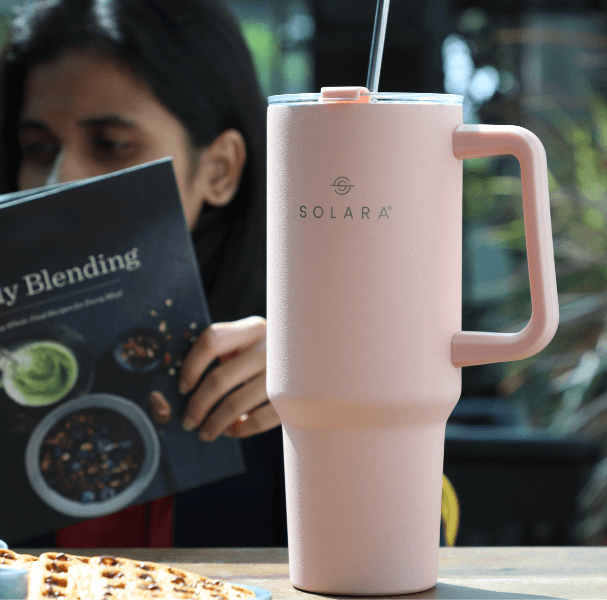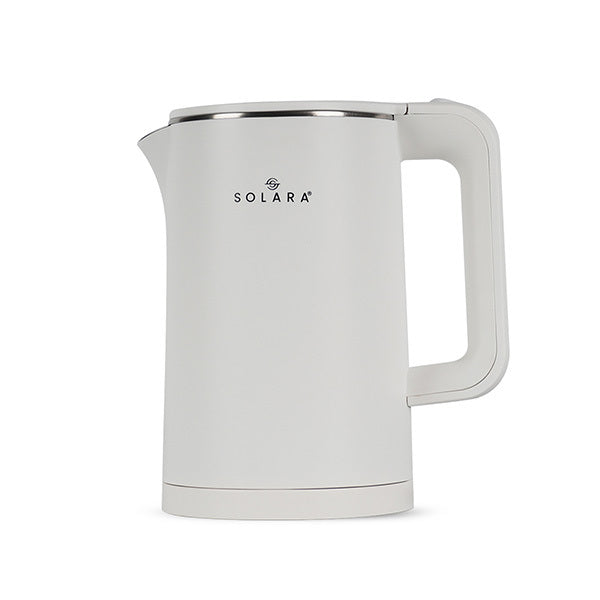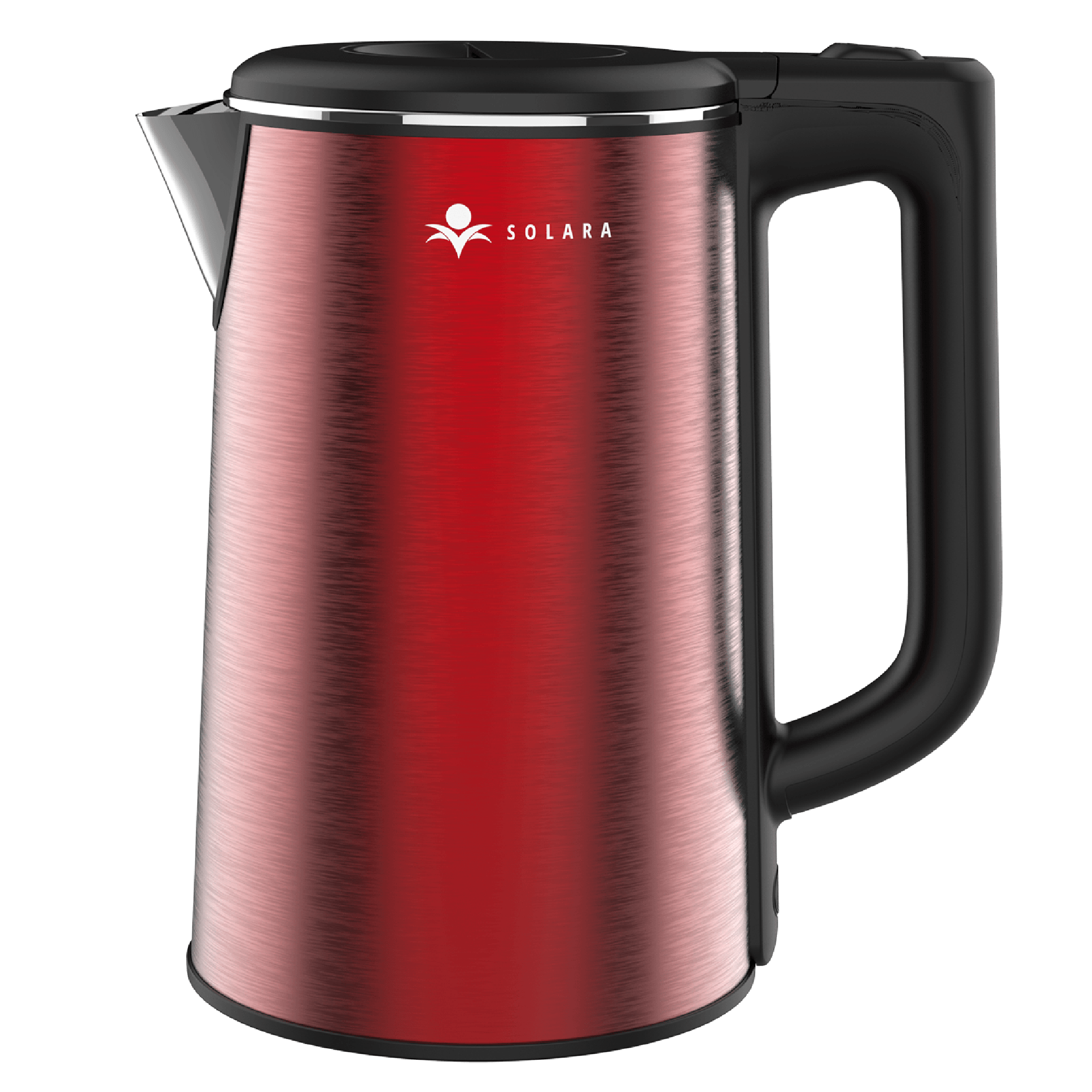
In today’s day and age, it is not uncommon to find ourselves distracted by everything that is going around in our lives. However, with our minds constantly buzzing, gets harder to catch a good night’s sleep. Sleep is an essential part of our lives and more often than not it gets taken for granted. But, by making the right choices consistently, we can improve our sleeping habits and even control our thoughts.
The first step in setting good sleeping habits is to learn to calm our minds. One way to do that is by practising yoga before bedtime. Yoga asanas like the Bhramari Pranayama help control our breathing which in turn helps us control our minds. It is a very simple breathing technique that takes about 10-15 minutes to complete and leaves us de-stressed and with a relaxed state of mind. The other way to ensure quality sleep is to invest in a good quality mattress, such as a memory foam mattress that relieves neck and back pains.
What is Bhramari Yoga or Bhramari Pranayam?
Bhramari pranayama is named after the Black Indian bee Bhramari. This is because during the pranayama one needs to make a humming sound just like the bee. The most common form of Bhramari Pranayama is performed by sitting with our backs straight, placing our thumbs on our ears and creating a ‘humming’ sound. You can practice this simple technique about 10 times and meditate in silence for a couple of minutes to feel the energy.
There are several benefits of Bhramari Pranayama, to derive them, it is best to practise the asana 4-5 times a day. Upon regularly practising the asanas you will notice how relaxed and destressed you feel and that nothing is weighing down upon you from the activities of the day.
What are the steps of the Bhramari Pranayama?
Bhramari pranayama steps involve a simple process that you can do during the course of the day or before sleeping at night to feel calm.
- Start with sitting calmly on the floor, or the bed with your spine straight and eyes closed.
- Close your mouth, you can even have a slight smile but ensure that the teeth do not touch the lips.
- Now, place both the thumbs on your ears, do not put pressure, just place them on the ears and let the rest of the fingers naturally fall on the head.
- Slowly, breathe in and while breathing out, release the ‘hmmm’ sound. It should resemble that of a bee humming.
- Practice this about 10 times and receive all the benefits.
- Post the practice, meditate for about 5-10 minutes to make the most of the asana before going to sleep or completing any other task.
Consistently performing the Bhramari Pranayama every day can help you shed the baggage of the day, relax and unwind and sleep with a calm mind. Not only does it regulate your breathing, but it also helps you get your thoughts in control.
What Bhramari Pranayama benefits can be seen if we practice the asanas daily?
Some of the benefits that can be seen from the pranayama are:
- Helps lower blood pressure
- Helps reduce anxiety, tension and stress
- It calms our mind and helps us fall asleep faster
- It helps to improve concentration and build confidence
- It helps to strengthen our voice and our throat
- It also helps in soothing our nerves and healing tissues in the body
What precautions should be taken while practising the Bhramari Pranayama?
As such, there are no side effects of Bhramari Pranayama, however, there are certain conditions that must be followed to gain the benefits of Bhramari asana. Following are certain pointers to remember before making this asana a daily practice.
- Pregnant women and menstruating women should avoid Bhramari yoga.
- Individuals with high blood pressure, ear infections and chest pains must also refrain from practising this asana.
- People who suffer from epilepsy must also not practise asana.
- The Bhramari asana must not be practised while lying down.
- While placing the thumb on the ear, care must be taken to avoid pressing the thumb inside the ears. The thumb finger must be placed on the part of the ear closest to the ear passage; the tragus.
- While performing the asana, keep your lips closed.
What is the best time to do the Bhramari aasan?
The Bhramari Pranayama can be practised any time of the day. However, it is essential to remember that you must have an empty stomach to perform the asana. The ideal timings would be the start of the day, before sunrise or even bedtime.
Frequently Asked Questions
1. How long should the Bhramari pranayama be practised?
The asana can be practised 2-4 times a day and each humming sound can be held for about 15 seconds at maximum.
2. What kind of individuals should not perform Bhramari?
Expectant mothers, menstruating women and individuals who have chest pains, and blood pressure must not practice Bhramari pranayama. People suffering from epilepsy, and ear infections must also avoid performing the asanas.
3. What would be the best time to practice the Bhramari pranayama?
Mornings would be ideal to practise the asana since you would have an empty stomach. However, it can also be practised anytime during the day and even before bedtime, just ensure that there is a 4-5 hour gap after the meals.
4. Is there a different way that humming bees breathe?
Humming bees release a humming sound while breathing.
5. Can we practise the Bhramari pranayama at night as well?
Yes, it is recommended to practise it before sleep to have a calm mind.
6. How long should you exhale the breath during Bhramari pranayama?
While performing the asana, you should perform the asana 2-4 times and hold the humming sound for about 15 seconds.
Conclusion
The Bhramari Pranayama is a simple technique to calm and relax the mind before sleep. Only when the mind is calm can you expect to sleep soundly and wake up refreshed. Another thing you can do to ensure that you sleep well is ensuring that you have a good quality mattress. A quality mattress not only gives you a good night’s sleep but also aligns your head, neck and spine to provide you with a comfortable sleep.
Browse other Interesting Articles :
- Jaggery Benefits for Weight loss
- Benefits of Kapalbhati Pranayama
- Surya Namaskar for Weight Loss
- Is it possible to sleep 8 hours in 4 hours

























